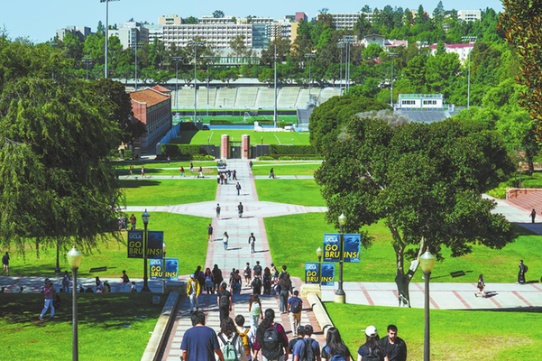Sustainable Development of Transport in China
China Daily | Updated: 2020-12-23 07:57
II. China's Growing Strength in Transport
In the new era, China is accelerating the high-quality development of its transport industry-it is seeing consistent progress in infrastructure construction, marked improvements in transport capacity, quality and efficiency, stronger technological support, greater accessibility and convenience, and more efficient freight transport. China is building up its strength in transport.
1. Creating a Comprehensive Infrastructure Network
China has taken advantage of a key window of opportunity to optimize the configuration of transport infrastructure and build it into a comprehensive network. The country has advanced supply-side structural reform in transport by bringing into service a group of passenger and freight hubs. The scale, quality and coverage of the comprehensive transport network have been significantly increased.
・ Forming a basic network for comprehensive transport infrastructure. By the end of 2019, China had a total of 139,000 km of rail track, of which high-speed lines represented 35,000 km, and a total of more than 5 million km of highways, of which expressways represented 150,000 km. The country had 23,000 operative berths, including 2,520 berths of 10,000-tonne-class or above, and 127,000 km of navigable inland waterways. There were 238 certified civil airports throughout the country. The long-distance oil and gas pipelines totaled 156,000 km with better connections achieved. The total network length of postal and express delivery services approximated 41 million km; every township had a post office and every village was provided with postal services. A comprehensive and multidimensional transport network has been put in place to give strong support to the sustained, rapid and healthy development of society and the economy.
・ Connecting the main transport corridors. The main transport corridors will be further expanded and connected to ensure China's territorial and energy security, and strengthen economic and political connections between regions. The state has devised ten vertical and ten horizontal transport corridors. Economic belts and city clusters are thriving along the transport corridors between Beijing and Shanghai, between Beijing and Guangzhou, along the Yangtze River and the coastlines, and near the ports in the Yangtze River Delta and Pearl River Delta and along the Bohai Sea Rim. They are becoming the most economically dynamic and populous areas in the country. Two-thirds of the cities and 80 percent of the GDP of the Yangtze River Delta are concentrated along the high-speed transport corridors between Shanghai and Nanjing, and between Shanghai and Hangzhou. A rapid intercity transport network featuring high-speed railways, intercity railways and high-grade highways has been put in place in the Guangdong-Hong Kong-Macao Greater Bay Area.
A trunk network of gas pipelines is improving with the capacity to transmit gas from west to east China, from Sichuan to east China and from Shaanxi to Beijing, and to bring gas from offshore. Coal logistics corridors are better configured, and a railway corridor for energy transport running across the country has taken shape. The main logistics corridors for grain have been connected, and the container volumes of unprocessed grain, bulk grain and refined grain have increased significantly, along with improved efficiency in grain logistics. Flow of people and goods is more convenient between regions. An open and comprehensive transport network that crosses the whole country and connects with the world has taken shape.
























